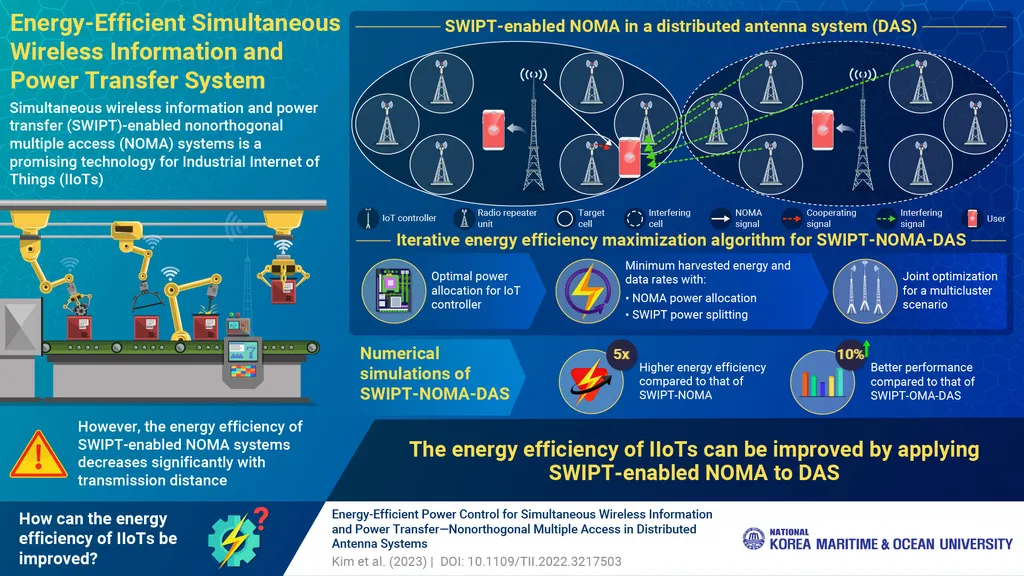In the ever-evolving landscape of wireless communication, interference remains a significant challenge, particularly in sectors like energy where reliable communication is paramount. A recent study published in the *NTU Journal of Engineering and Technology* (translated from Arabic as the *Northern Technical University Journal of Engineering and Technology*) by Amer F. Sheet of the Northern Technical University sheds light on a novel approach to mitigating this issue. The research introduces a modern digital-analog jamming transmitter designed to minimize out-of-band electromagnetic radiation, a critical factor in maintaining signal integrity and reducing interference in crowded frequency spectra.
Sheet’s work delves into the principle analysis of new digital-analog jammers, focusing on reducing undesirable electromagnetic radiation. This is a pressing concern for industries relying on wireless communication, including the energy sector, where interference can disrupt operations and compromise safety. “The goal is to enhance the efficiency and reliability of jamming transmitters, ensuring they operate within desired frequency bands without causing unintended interference,” Sheet explains.
One of the key aspects of Sheet’s research is the review of methods for compensating nonlinear distortions in power amplifiers. These distortions can lead to the generation of unwanted signals that spill over into adjacent frequency bands, causing interference. By employing advanced linearization techniques, Sheet aims to optimize the performance of powerful amplifying devices used in jamming transmitters.
The study also introduces a novel compensation method for eliminating undesirable combination components in the spectrum of jamming transmitters with quadrature modulation. This method, termed the “depletion of the input signal spectrum,” holds promise for improving the spectral purity of jamming signals, a crucial factor in minimizing interference.
The implications of this research are far-reaching, particularly for the energy sector. As the demand for reliable wireless communication continues to grow, so does the need for effective jamming technologies to protect critical infrastructure from interference. Sheet’s work could pave the way for more efficient and reliable jamming transmitters, enhancing the overall performance of wireless communication systems in the energy sector.
Moreover, the research highlights the importance of continuous innovation in the field of wireless communication. As technology advances, so too must the methods used to mitigate interference and ensure the reliable operation of communication systems. Sheet’s work serves as a testament to the ongoing efforts of researchers and engineers to address these challenges and drive progress in the field.
In the words of Sheet, “This research is just the beginning. There is still much work to be done, but I am confident that our findings will contribute to the development of more effective jamming technologies and improve the reliability of wireless communication systems in the energy sector and beyond.”
As the energy sector continues to evolve, the need for robust and reliable communication systems will only grow. Sheet’s research offers a glimpse into the future of jamming technology, providing a roadmap for further innovation and development in this critical field. With the publication of this study in the *NTU Journal of Engineering and Technology*, the stage is set for a new era of advancements in wireless communication, driven by the relentless pursuit of excellence and innovation.

